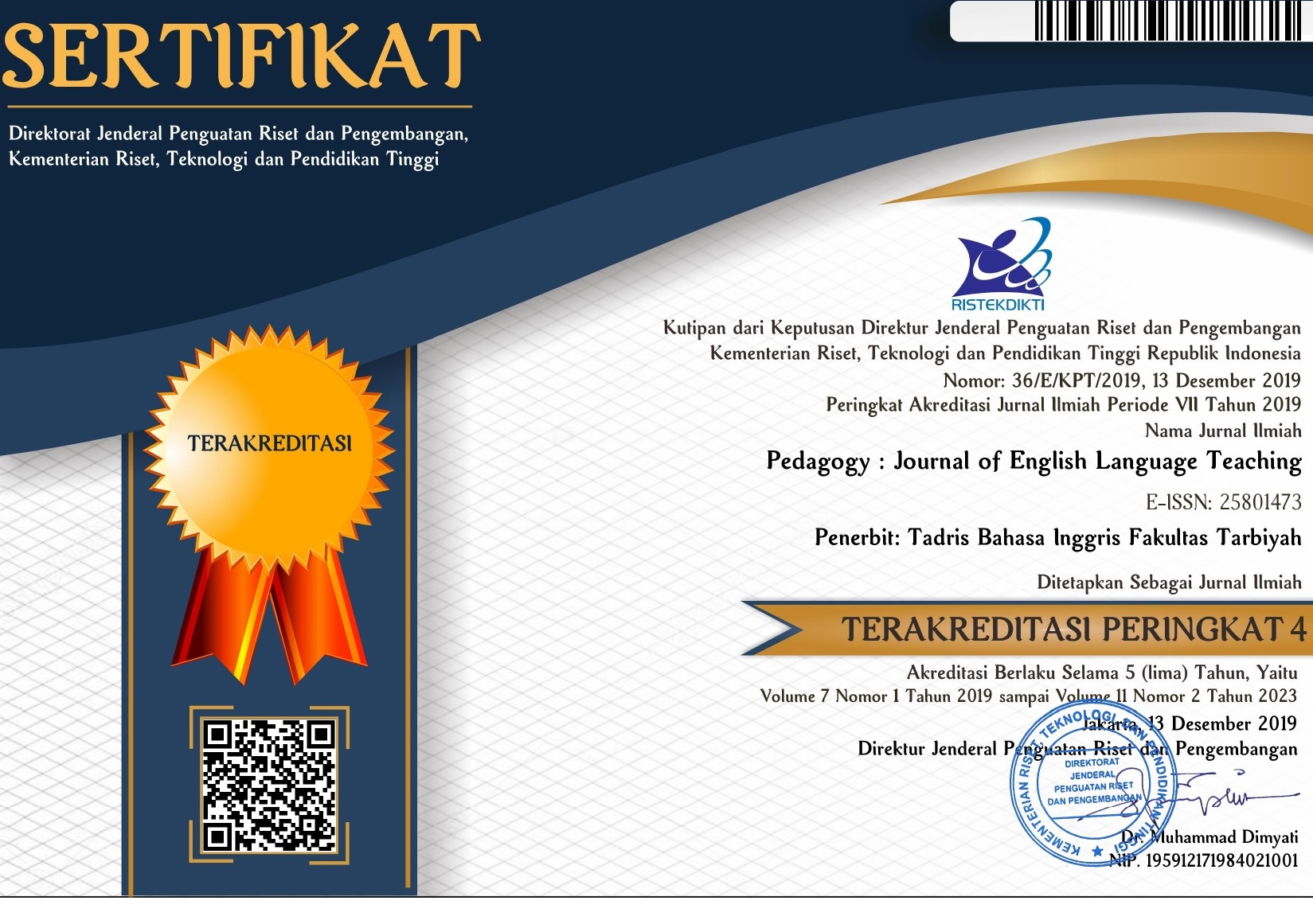An Examination of the Use of Oral Communication Strategies by Second-Year University Undergraduate Students in Intensive Speaking Class
DOI:
https://doi.org/10.32332/joelt.v12i1.5353Keywords:
Communicative Competence, intensive speaking, oral communication, speaking, students' perceptionAbstract
For many university-level EFL students, speaking in a second language can be quite a challenge. It often involves grappling with the complexities of the L2 language. To help tackle these hurdles and boost students' speaking confidence, Oral Communication Strategies can be quite beneficial. In this research, we used a mixed-method approach, which included surveys via questionnaires and in-depth interviews. We received responses from 110 completed questionnaires and gained further data by interviewing 10 students. The findings revealed that students tend to rely on Oral Communication Strategies when they face difficulties in communicating in a second language. They often resort to such strategies, such as using gestures, facial expressions, miming, or sound imitation, especially when they struggle to explain a vocabulary item. These results are anticipated to be a valuable resource for educators and practitioners, assisting them in tailoring the curriculum and providing a more enriching learning experience for students learning a second language. The study's findings can help language learners and educators in higher education by using oral communication strategies to create effective learning environments for improved communication.
















